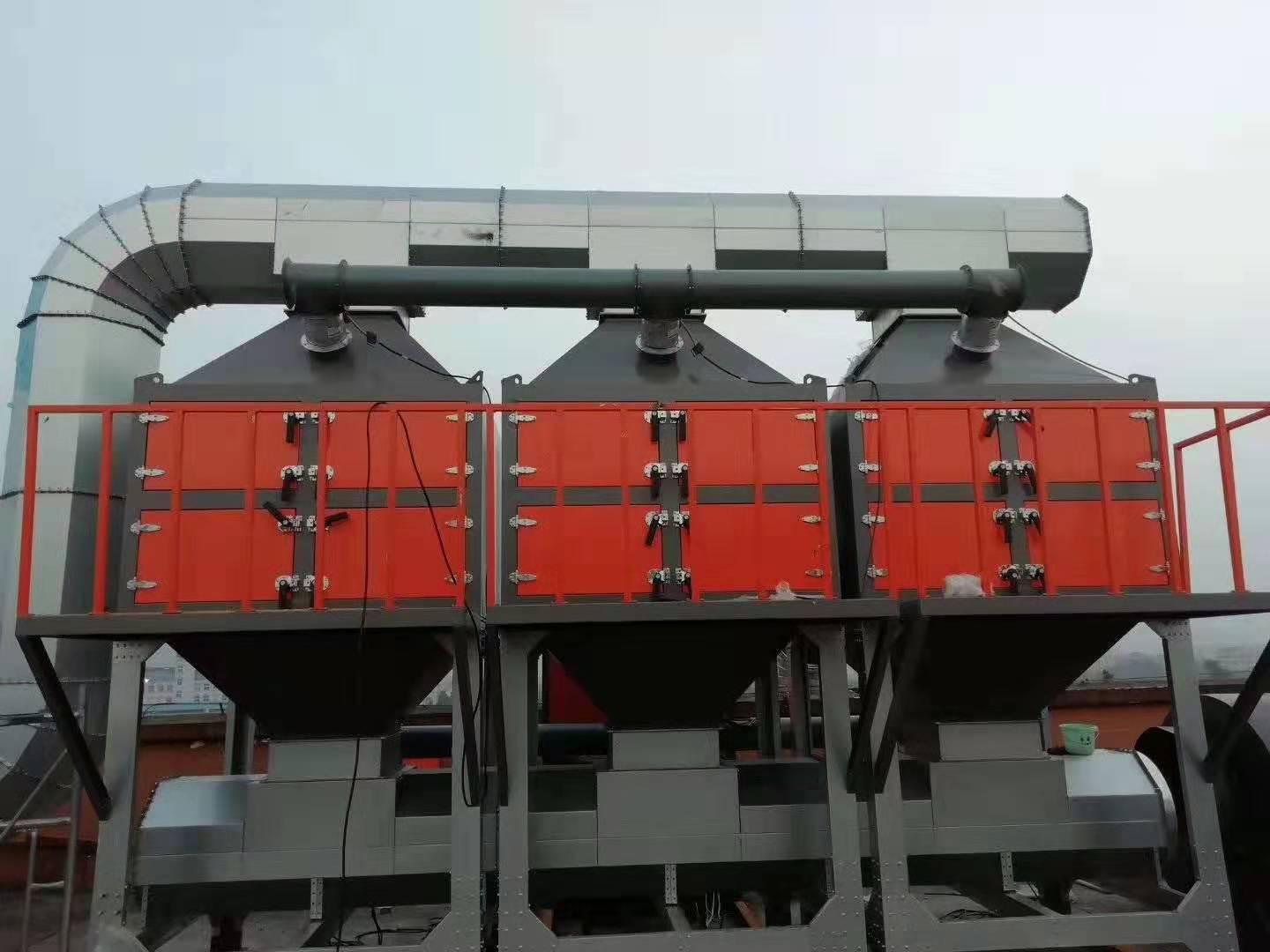RTO exhaust gas treatment, what is RTO?
As we increase our efforts to remediate air pollution, the situation of industrial VOCs waste gas pollution has been fundamentally changed. According to the requirements of the stability of the waste gas treatment device operation, the reliability of the treatment effect, and the wide adaptability of waste gas types, large In the VOCs treatment policy guidelines issued by some places, the waste gas treatment process is basically three processes of adsorption, absorption, and thermal decomposition (incineration) and their combination processes.

Thermal decomposition processes are generally divided into four types: direct combustion (TO), regenerative combustion (RTO), catalytic combustion (CO), and regenerative catalytic combustion (RCO). They are just two different combinations of combustion and heat exchange methods. It is used to treat adsorbed concentrated gas, and it can also be used to directly treat medium and high-concentration waste gas with waste gas concentration.
Today, the editor mainly introduces the regenerative combustion (RTO) technology.
Thermal storage oxidation technology RTO heats the organic waste gas to above 760°C, so that the volatile organic compounds (VOCs, Volatile Organic Compounds) in the waste gas are oxidized and decomposed into CO2 and H2O in the combustion chamber. The high-temperature gas generated by oxidation flows through the special ceramic heat storage body, which makes the ceramic body heat up and “storage heat”. The next process is that the exhaust gas passes through the “heat storage” ceramic, transferring the heat of the ceramic to the exhaust gas, and the organic waste gas passes through Ceramics are used as the heat exchanger carrier to exchange heat repeatedly, thereby saving fuel consumption for heating up the exhaust gas, reducing operating costs, and the heat recovery efficiency is as high as 95%. Under medium and high concentration conditions, RTO can export waste heat to the outside, and use it in the form of steam, hot air, hot water, etc., while meeting environmental protection goals, and achieving economic benefits.
RTO equipment is divided into two-bed type, three-bed type and rotary type. Based on the two-bed RTO product, after upgrading, the two-bed RTO is now upgraded to a multi-bed and rotating RTO, each with its own advantages and disadvantages.

Thermal decomposition processes are generally divided into four types: direct combustion (TO), regenerative combustion (RTO), catalytic combustion (CO), and regenerative catalytic combustion (RCO). They are just two different combinations of combustion and heat exchange methods. It is used to treat adsorbed concentrated gas, and it can also be used to directly treat medium and high-concentration waste gas with waste gas concentration.
Today, the editor mainly introduces the regenerative combustion (RTO) technology.
Thermal storage oxidation technology RTO heats the organic waste gas to above 760°C, so that the volatile organic compounds (VOCs, Volatile Organic Compounds) in the waste gas are oxidized and decomposed into CO2 and H2O in the combustion chamber. The high-temperature gas generated by oxidation flows through the special ceramic heat storage body, which makes the ceramic body heat up and “storage heat”. The next process is that the exhaust gas passes through the “heat storage” ceramic, transferring the heat of the ceramic to the exhaust gas, and the organic waste gas passes through Ceramics are used as the heat exchanger carrier to exchange heat repeatedly, thereby saving fuel consumption for heating up the exhaust gas, reducing operating costs, and the heat recovery efficiency is as high as 95%. Under medium and high concentration conditions, RTO can export waste heat to the outside, and use it in the form of steam, hot air, hot water, etc., while meeting environmental protection goals, and achieving economic benefits.
RTO equipment is divided into two-bed type, three-bed type and rotary type. Based on the two-bed RTO product, after upgrading, the two-bed RTO is now upgraded to a multi-bed and rotating RTO, each with its own advantages and disadvantages.
